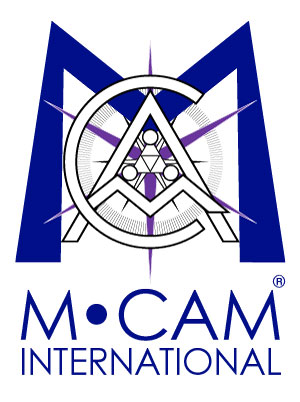Patenting Seen Loose Of Constitutional Moorings
Date: Mon, 2004-04-19
Excerpted from “Patents Seen Loose Of Constitutional Moorings”, New Technology Week. April 19, 2004 pp3-5 by David Martin Since the time of Abraham Lincoln the patent office has not been funded in a manner that would allow it to fulfill its constitutional charter. The Constitutions says that in exchange for a disclosure that advances science and the useful arts you may get a limited monopoly. Fair enough. Now, here comes the problem: Since 1980, since the infamous Bayh-Dole Act, which was going to unleash the brain trust of America – one word has been added to “patent” that is unconstitutional yet it characterizes over 90% of the patents in circulation, not only in the United States but also in Japan and Europe. That word is “defensive”. A “defensive patent”. I would submit to you that anybody who actually uses those two words in conjunction is advocating something that is in stark violation of the Constitutional (intent). Why? Because the grant of a monopoly was not for your protectionist self-interest. The grant of a monopoly was in exchange for your disclosure of something that promoted science and technology and industry. In 1980 to 1983, the decision was made that quantity was more important than quality and the Patent Office became a customer service organization. Who’s the customer? As I read the patent statute and the Constitution, I don’t see the customer as the applicant. I see the customer as the public – for whom, in that exchange of sovereign grant of monopoly rights, there has been an advancement of the public interest.

